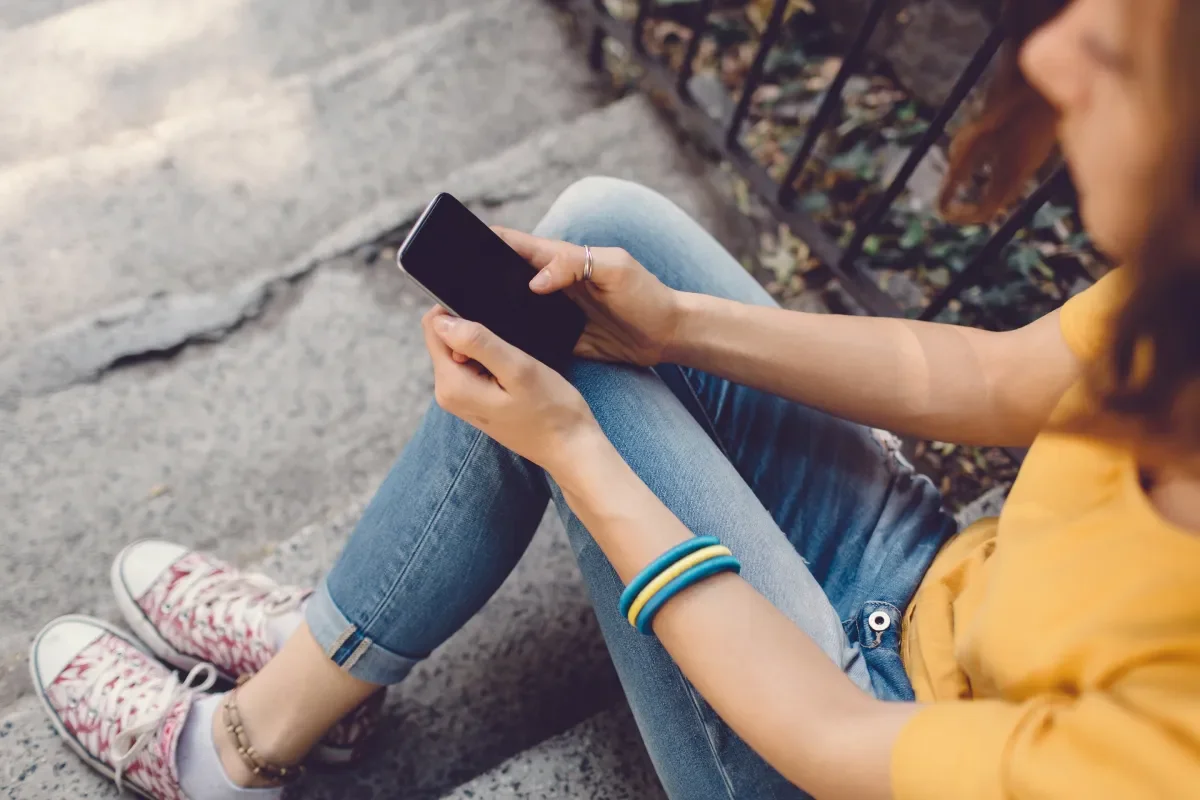

New research finds almost half of secondary school students have been asked to send a sexually explicit image
New DCU research which looks at the sexting behaviours of adolescents in Ireland has found that almost half have been asked to send sexually explicit images at some point.
It also found that sexts were mostly asked, sent and received by a romantic partner and that boys were more likely to receive sexually explicit images after they had requested them. Girls were more likely to receive sexual images that they had not requested.
It’s not just sexy pics: An investigation into sexting behaviour and behavioural problems in adolescents was carried out by a team of researchers at the National Anti-Bullying Research and Resource Centre at DCU. They surveyed a total of 848 students aged between 15-18 and attending fourth to sixth year in secondary schools across the country.
Commenting on the study, lead author, Dr Mairéad Foody, said: “This was an explorative study which demonstrates that the sharing of sexual images between teenagers is complex. The statistics are in line with international literature and show that girls are more likely to be asked to sext and to receive unsolicited sexual images. The results should feed into sexual health education programmes where topics like consent are centre stage.”
Key findings:
· More than half of teenagers surveyed have been asked to send naked pictures of themselves through text, email or via an app, with 44% saying they have been asked frequently and 12% only been asked once.
· Mostly, sexts were asked, sent and received by a romantic partner (boyfriend or girlfriend, followed by someone they had a crush on).
· More girls (29%) than boys (15%) have been asked to send a sexually explicit image.
· Boys are more likely to ask for and receive sexually explicit images.
· 30% of students had frequently received a sexually explicit image (a sext) when they really didn't want to, including almost 22% of girls, and 15% had received an image in such a manner on one occasion.
The full study was published by Science Direct and is available to view or download here.
